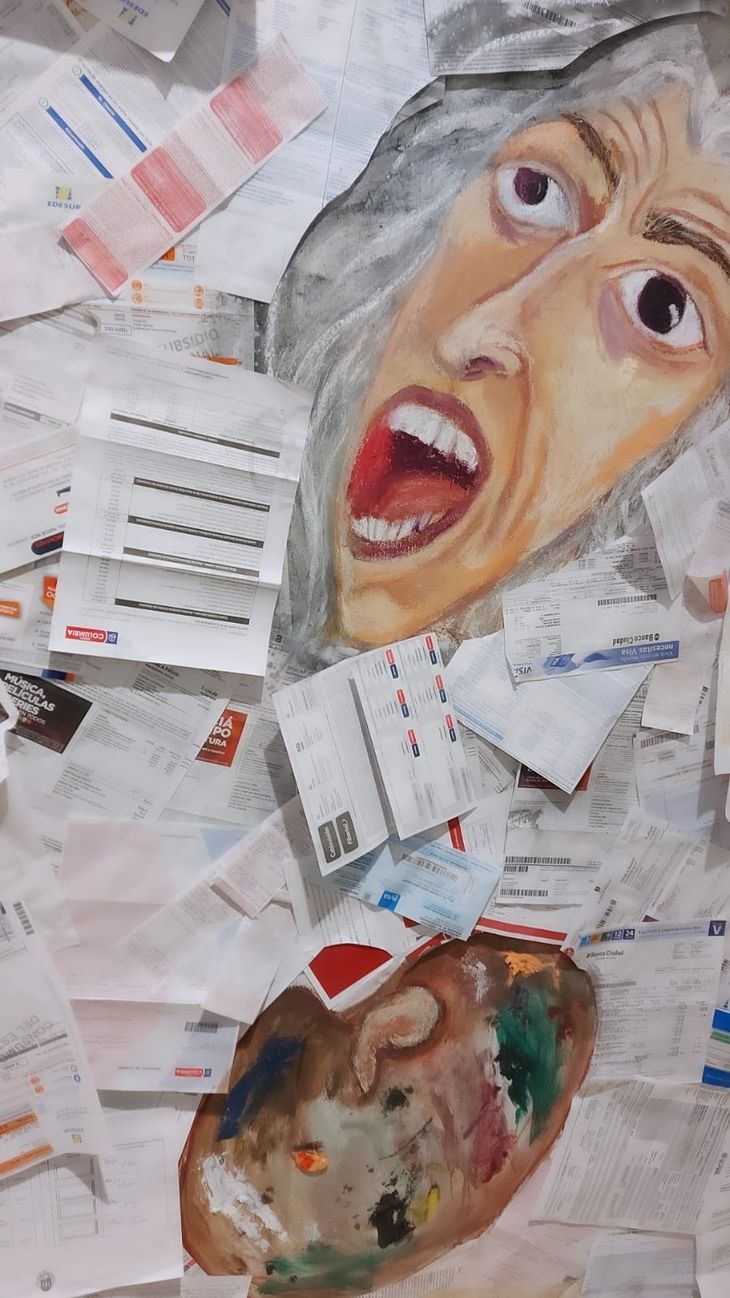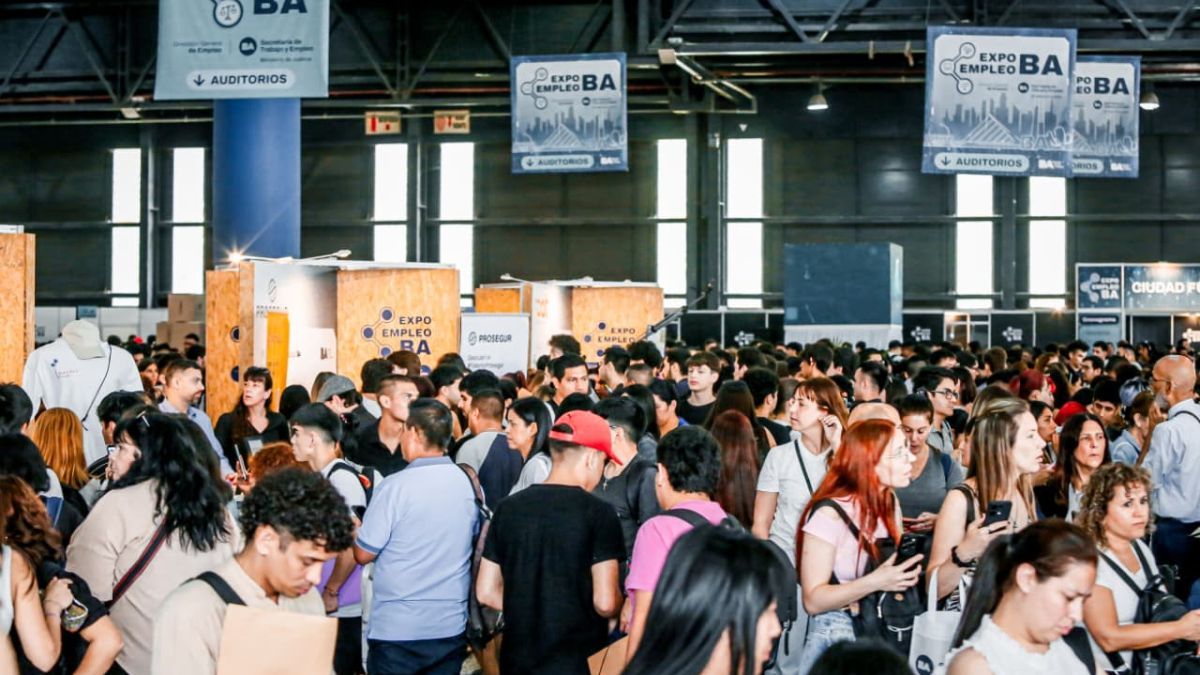The W gallery is currently exhibiting “I am others”, an exhibition by Marcia Schvartz (1955) that occupies the extensive three floors of the building on Defensa Street.When asked about her most recent works, the artist points to a series of portraits. “I like the portrait”he explains. It was enough to look there, during the opening of the exhibition, at the faces of some of the characters in front of their own images, to notice the coincidence of the features and the actuality in the paintings. The portrayed people escorted their own faces and, with their silent presence, gave an account of the virtuosity of the craft and the special ability of Schvartz to represent reality and capture the psychology of the characters.
The artist devoted herself mainly to portraiture during her years of exile in Barcelona, a city where she lived from 1976 until the early 1980s, and also upon her return to Buenos Aires. But her current works have a unique quality. The purity of the line tends today towards synthesis and the portrayed have a pleasantly relaxed attitude that differs from the tendency towards the grotesque, the exaltation of gestures and the marked features of the transvestites of Barcelona and other characters of the past.. Even the color has softened.
The curator of the exhibition, Roberto Frienddescribes the artist’s searches and her expressiveness, the way in which “figuration digs an abyss in it, always vertiginous, from fury, empathy, pain or sarcasm”. On his ability to communicate feelings and sensations, he adds that “in the eighties, he found in portraiture the defense of painting as a material and ideological action that would allow him to account for the sensitive relationship with the other.” He then maintains that, in Barcelona.
“Marcia portrayed her own loneliness in the self-absorption of the person portrayed”while upon returning he sought the affections that he recovered in the neighborhood, “The territory lost in violence and defeat”Precisely, the violence of the years of the military dictatorship has appeared for decades with a chilling realism, in many of the works. Marta Dillon wrote in the book “Background”about “portraits of friends who are no longer with us and portraits in which she herself seems to observe the Marcia Schvartz of today, with all the expectation that the past places on the survivors”.
However, the portraits of women and dark-skinned men from the Abasto neighborhood painted in the 1980s reflect the artist’s loving gaze, liberated and full of admiration. W’s exhibition highlights her ability to empathize with this peculiar social context and portray it faithfully. In fact, when the Abasto market became just another shopping mall among many in Buenos Aires, Schvartz He left the house with a garden that had lost its charm and moved to live in a larger space, indoors.
WhatsApp Image 2024-07-10 at 15.51.33.jpeg
Self-portrait of the artist, covered in unpaid bills and invoices, but with a painter’s palette in her hand.
The exhibition displays the art of Schvartz and almost all the themes she addressed in her career, except for the paintings she dedicated to tango. And there is the remarkable diversity of genres. Along with the beautiful ceramic sculptures, the flowers and fruits of various colors, the attraction exerted by nature is perceived and made visible. The spectator imagines the artist’s skillful hand caressing the clay and the colored wool of the “fake tapestries.” There are things that, it is evident, touch the nervous system of Schvartzsuch as the landscapes with anthropomorphic cardons in northwestern Argentina. However, the text of the exhibition makes it clear: “Marcia doesn’t paint landscapes, she represents territories”.
On the other hand, the cardón wood frames some paintings so dark that they induce one to think of the sinister. Without dedicating a special room to the theme of the terror of the 70s, the fears and autobiographical questions of the artist, Roberto Friend presents the horror of visions of a mutilated body and the macabre memories that populate some works. In this way, at the end of the journey, without creating contrasts, the spectator ends up understanding the close relationship between life and production.
On the other hand, in the upper room there are volumetric assemblies whose climate oscillates between humor and drama. An extensive frieze from 2001, “Berniadas”displays among cardboard the pain generated by poverty, a condition that touches the sensitivity of both artists, Berni and Schvartzwho considers herself the heir of the Rosario master.
The colourful world of art is evident in the characters of two large-scale assemblages. Football is also present in a lumpen character who brings together all the vices. Meanwhile, in a self-portrait with a look of terror and hilarious humour, Schvartz addresses the issue of the economic crisis. She is completely covered in bills and invoices that are supposedly unpaid. While she screams, she works, holding the painter’s palette firmly in her hand.
Source: Ambito
I am an author and journalist who has worked in the entertainment industry for over a decade. I currently work as a news editor at a major news website, and my focus is on covering the latest trends in entertainment. I also write occasional pieces for other outlets, and have authored two books about the entertainment industry.




